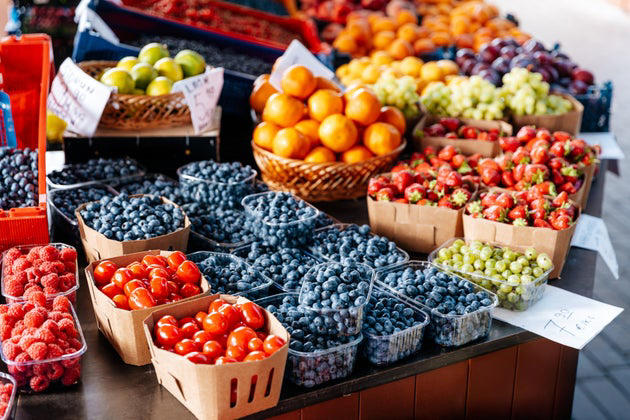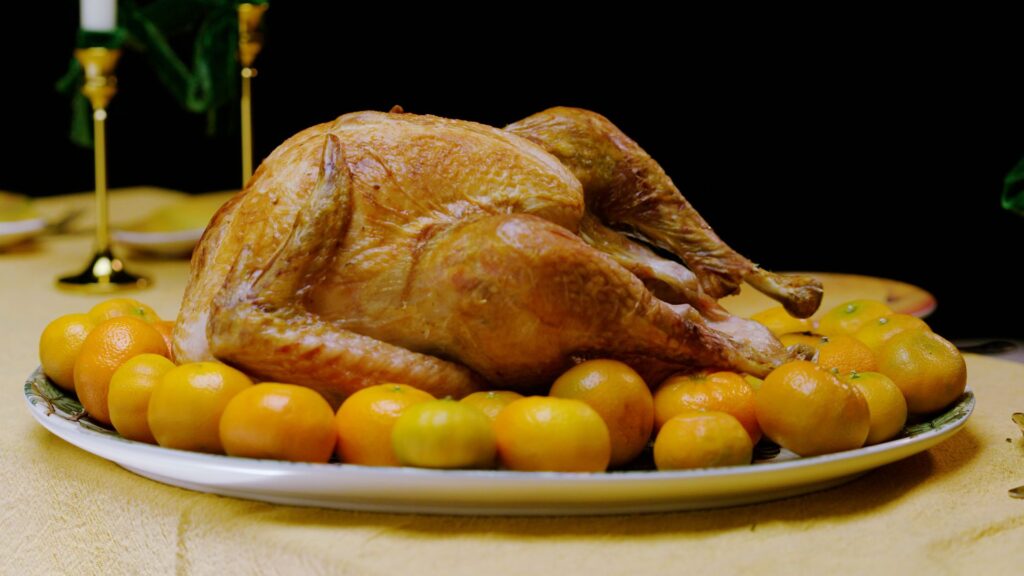5 Red Flags Your Farmers Market Produce Isn’t Truly Fresh

5 Warning Signs Your Farmers Market Produce Isn’t Really Fresh or Local
Farmers markets are a go-to for fresh, local produce — or at least, that’s the idea. But not everything you see piled high in a crate or arranged neatly in baskets is as farm-fresh as it seems.
From imported berries to waxy apples and vague vendor responses, it’s not uncommon for some sellers to blur the line between authentic and store-bought. So how can you be sure your tomatoes didn’t take a detour through a wholesale distributor before landing in your tote bag?
We asked farmers, vendors, and local food experts to reveal the red flags they personally watch for — and how you can spot the difference between fresh and fake.
1. It’s Out of Season
If you see strawberries in December or tomatoes in February at a market that claims to be “producer-only,” that’s a major red flag.
“Seasonal produce should reflect the growing calendar of the region,” says Kim Hutchinson, executive director of the Virginia Farmers Market Association. “If it’s not in season locally, it likely wasn’t grown locally.”
Keep in mind that some farmers use high tunnels or greenhouses to extend the season, so early berries or tomatoes may be possible — just ask. But if you’re seeing tropical fruit in a New England winter, question it.
2. Everything Looks Too Perfect
Uniformly sized strawberries with a glossy finish and no dirt? That’s often a clue that the produce was purchased wholesale, not grown nearby.
“Small farms grow produce that varies in size and shape,” explains Erin Mann, owner of Erin’s Elderberries in Virginia. “Real farm produce often has dirt, uneven coloring, or a few cosmetic blemishes.”
If a fruit or vegetable looks like it belongs in a commercial ad, it may not have come from a local field.
3. The Vendor Doesn’t Share the Farm Name — Or Any Details
If there’s no farm name displayed or the staff can’t answer basic questions like where and how the food was grown, that’s another red flag.
“Transparency is key,” says Hutchinson. “A farmer should be proud to tell you about their growing practices. If the answers are vague, you should be skeptical.”
Even if someone other than the grower is working the stand, they should know the farm’s practices or be able to direct you to someone who does.
4. Claims of ‘Organic’ Without Certification
Organic farming is regulated by the USDA, and the term “organic” can only be used by certified producers.
“If a vendor claims something is organic but can’t show proof or explain their certification, that’s a problem,” says Mann. “You need certification to use the term legally.”
Many small farms do use organic practices but skip certification due to cost. If you care about pesticide use or sustainability, ask how the food was grown — but be wary of vendors using “organic” as a buzzword without credentials.
5. There’s Too Much Variety for One Farm
Most small farms grow a handful of crops that share similar growing conditions. So if one booth has dozens of items — from citrus to avocados to asparagus — it’s likely they’re reselling.
“Be cautious of stands that look like a grocery store produce section,” Mann advises. “They may be supplementing with products from wholesale markets rather than their own land.”
Ask what they grow themselves and when it was harvested. A little curiosity can go a long way in helping you support real local farmers.
Farmers markets are an amazing resource for seasonal, sustainable food — but only if you know what to look for. Trust your instincts, ask questions, and don’t be afraid to walk away if something doesn’t feel right. Supporting real farmers starts with informed shopping.
Source: The Huff Post
: 149







